the 1st Donatello Award | Art Magazine Contemporary Celebrity Masters
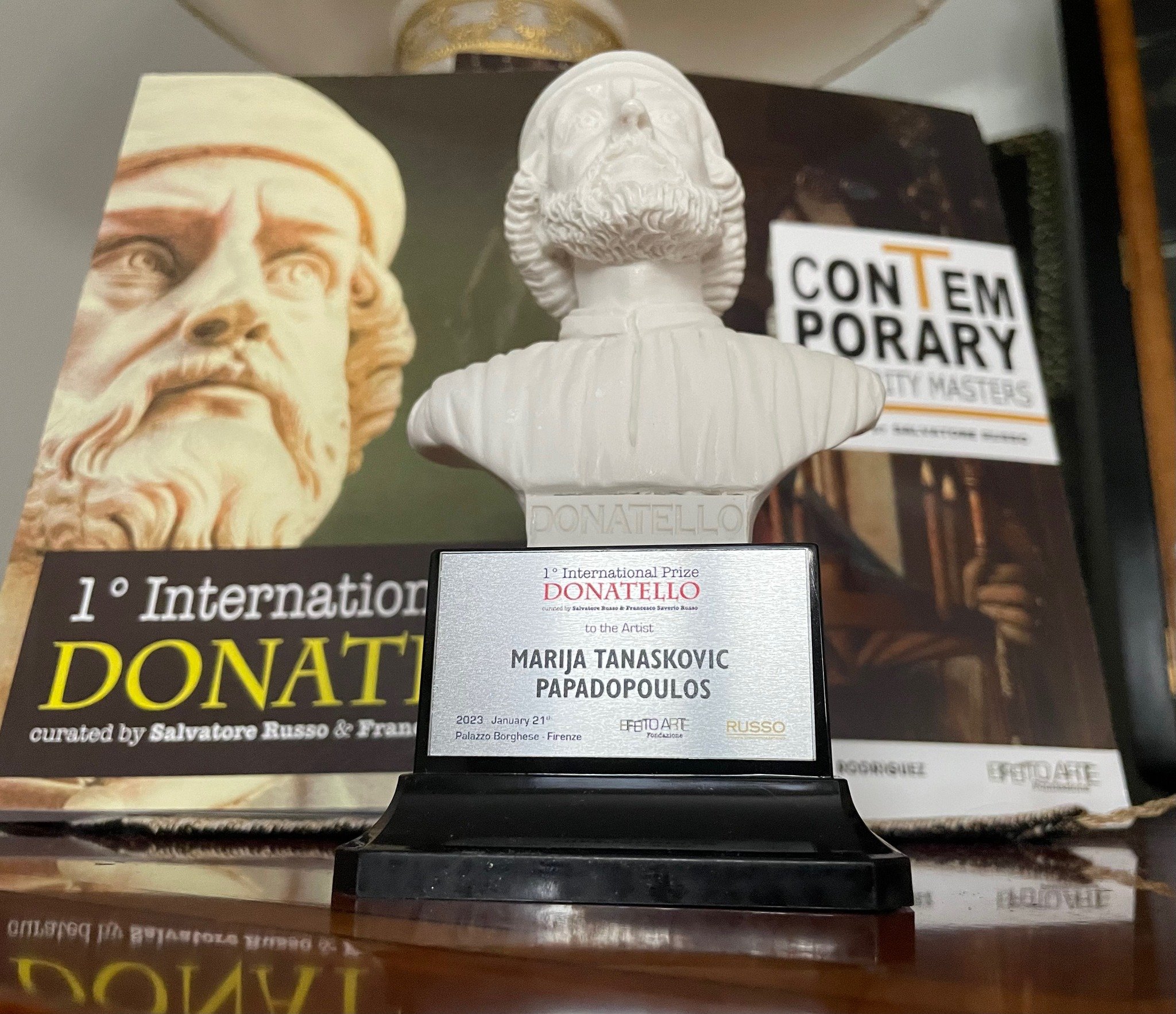
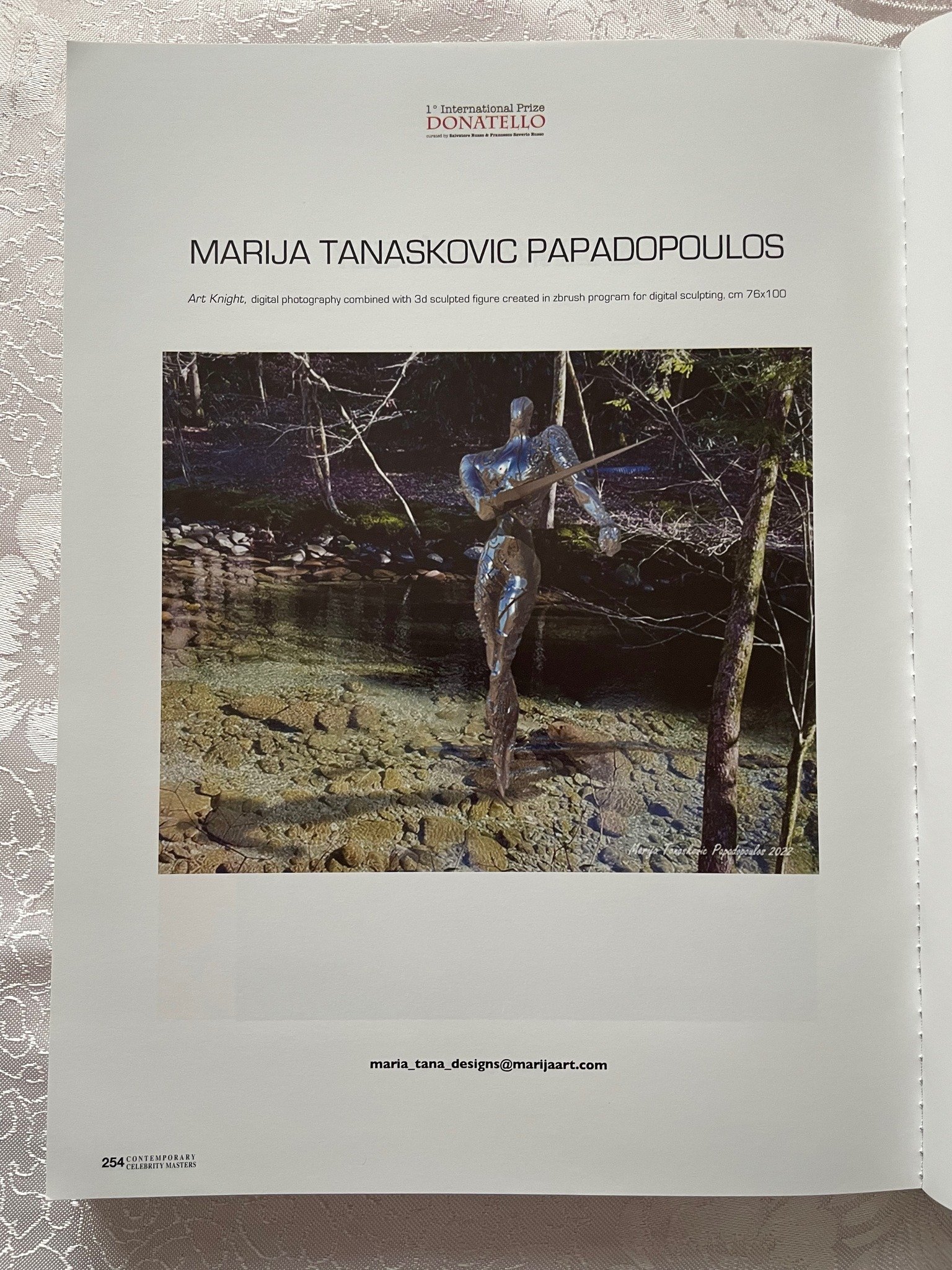
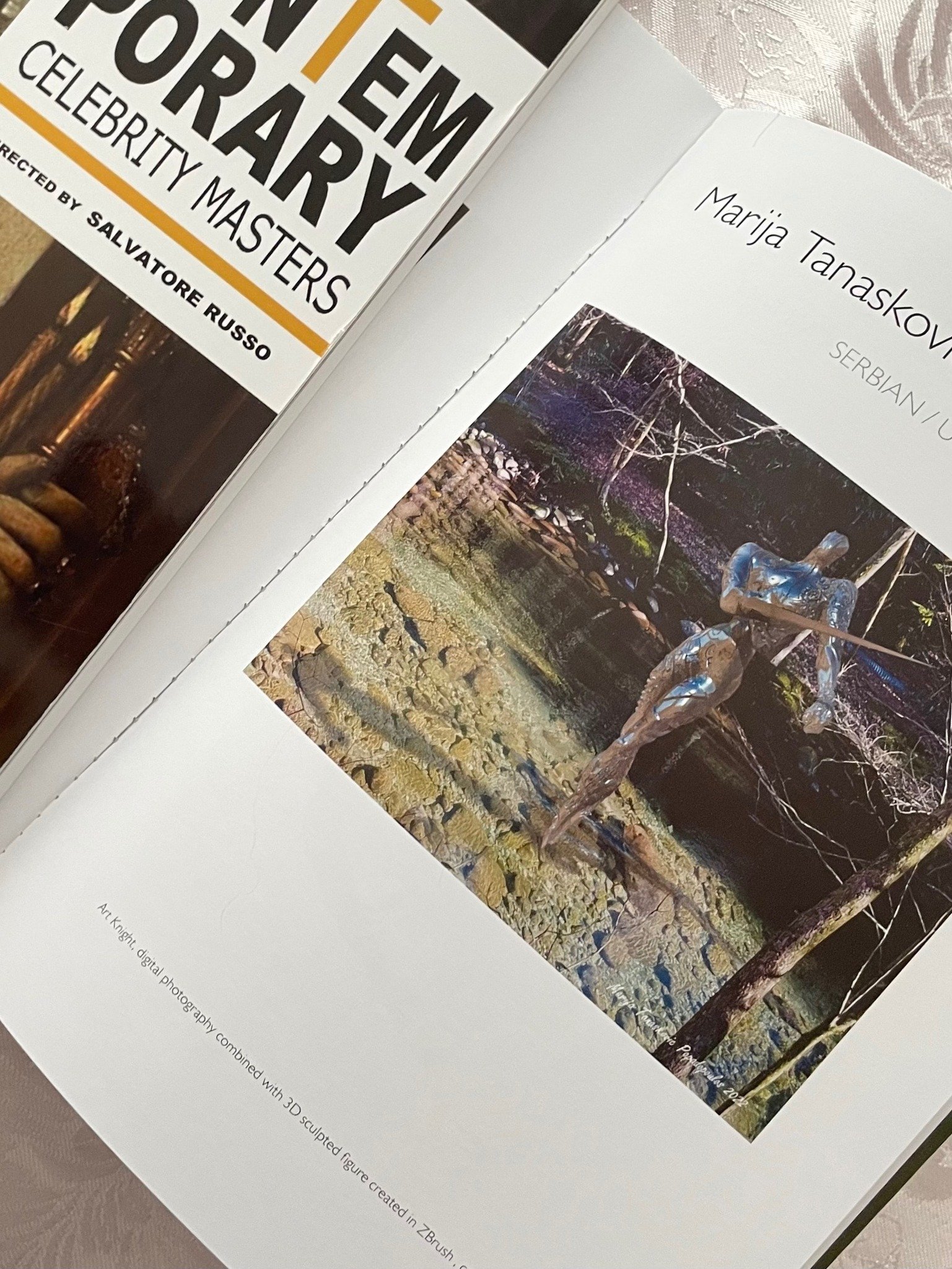

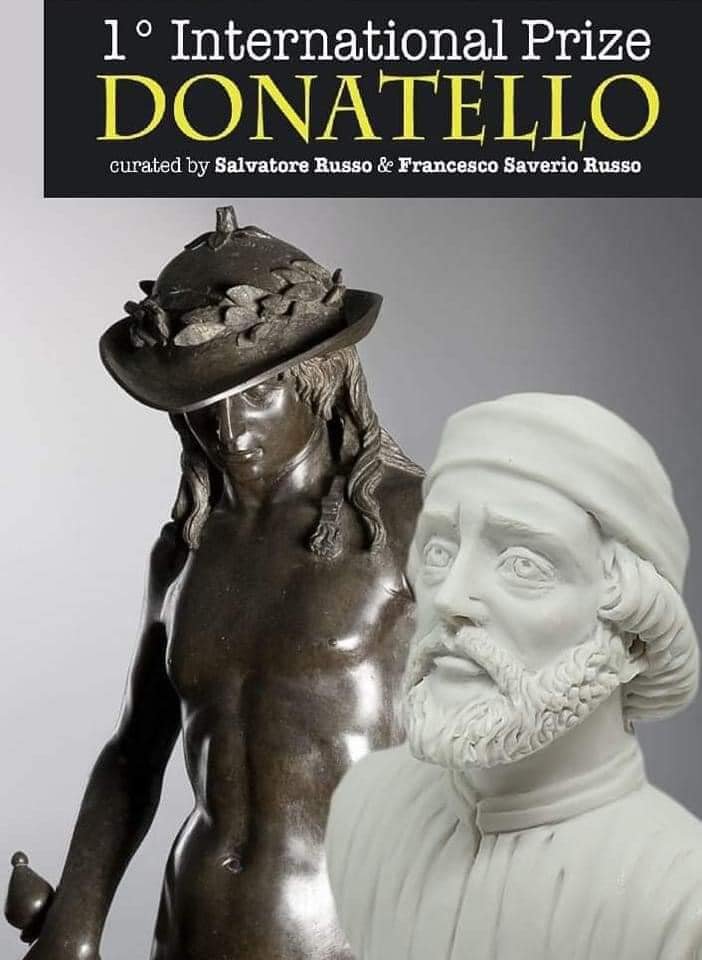
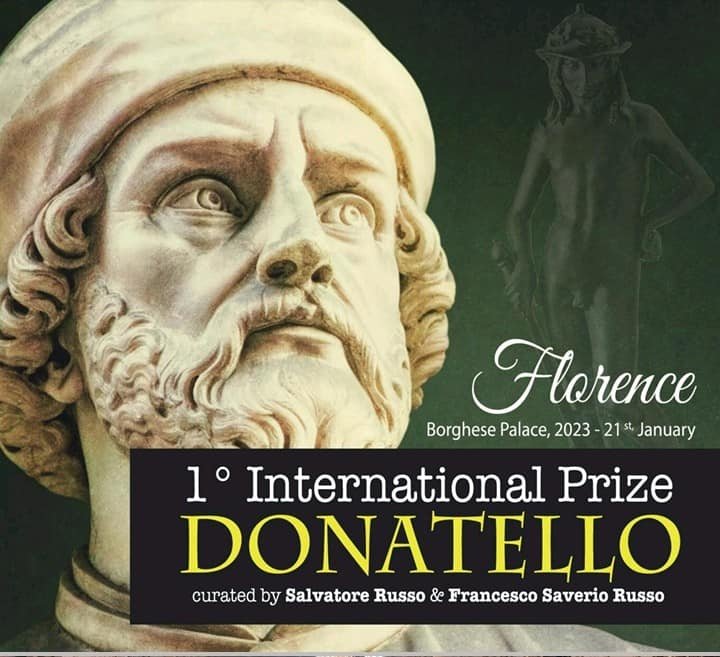
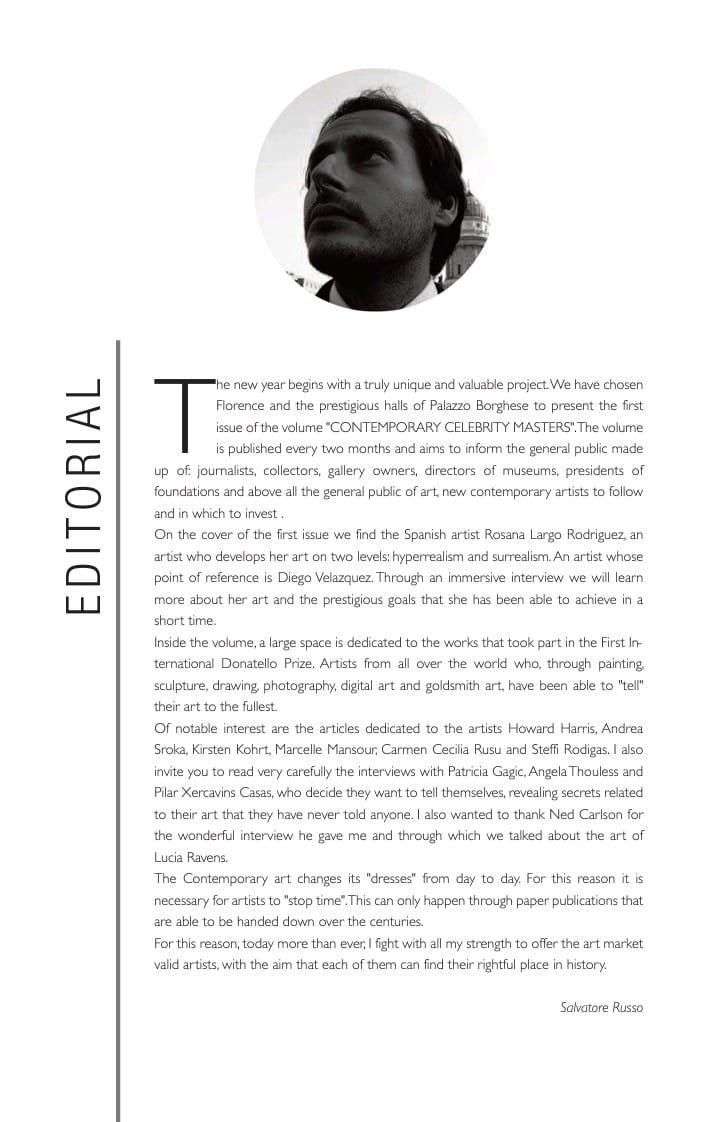
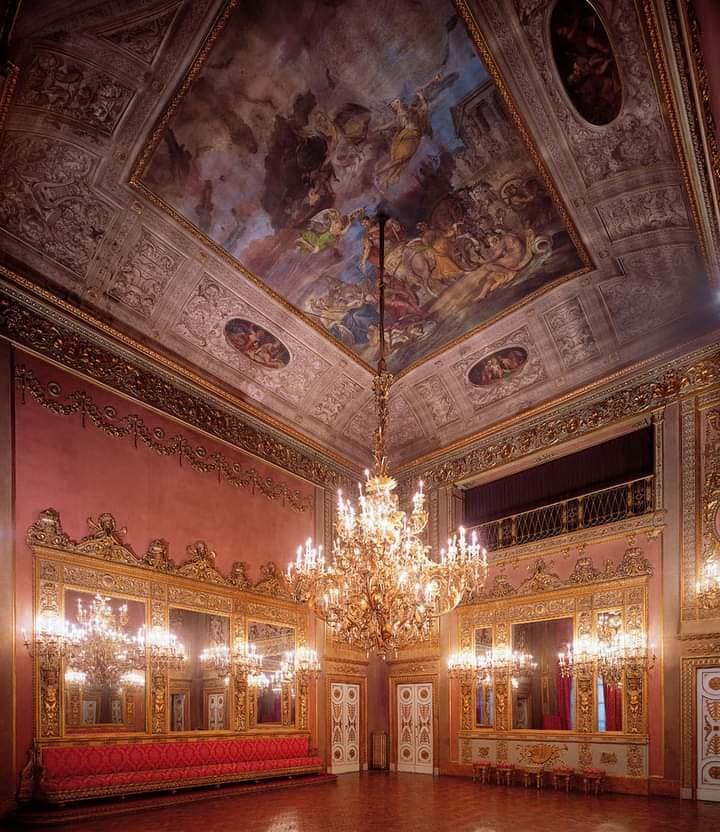
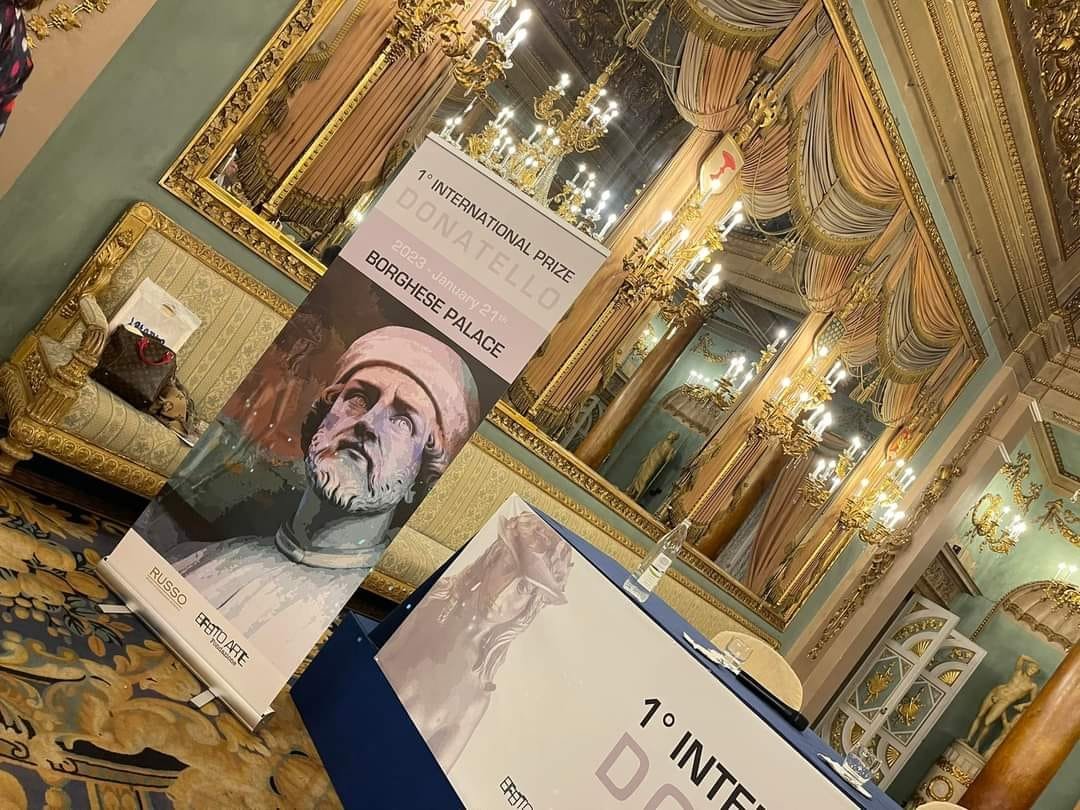
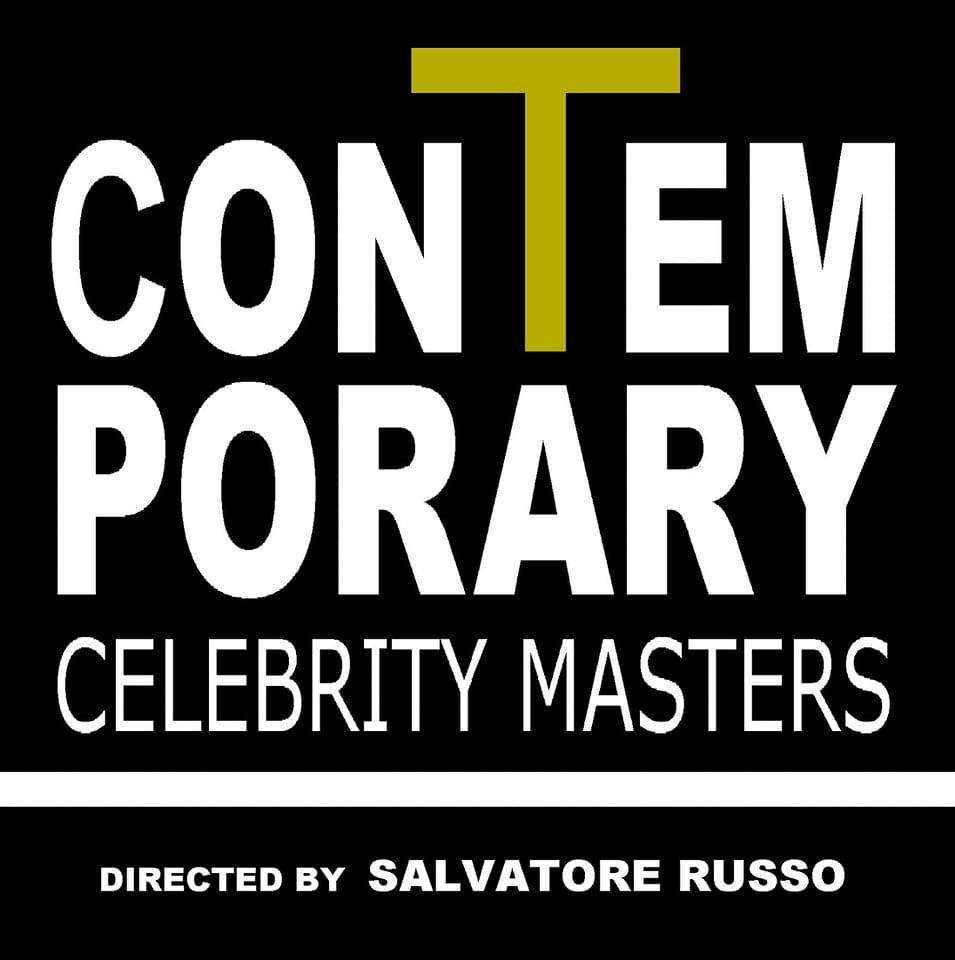
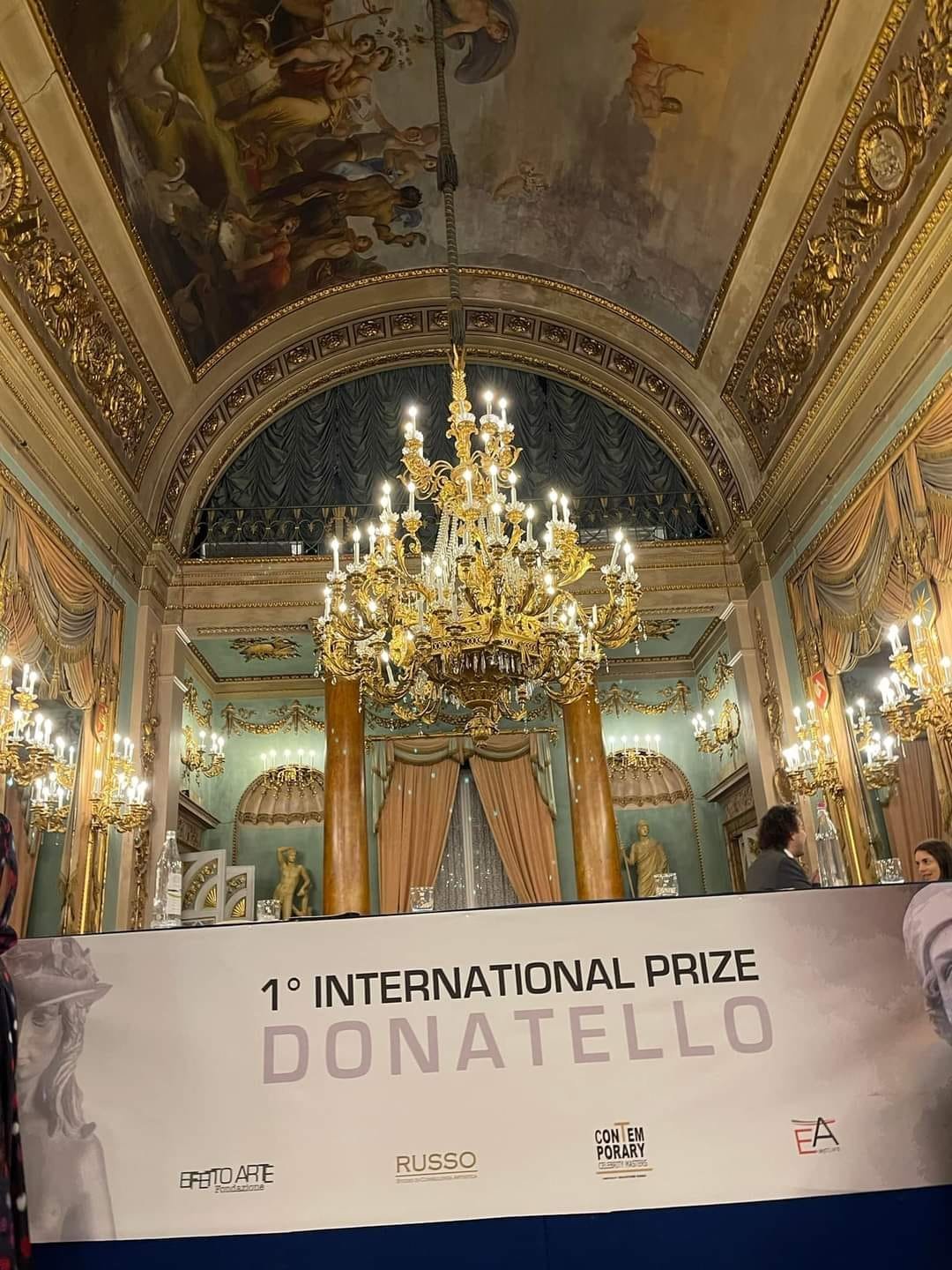

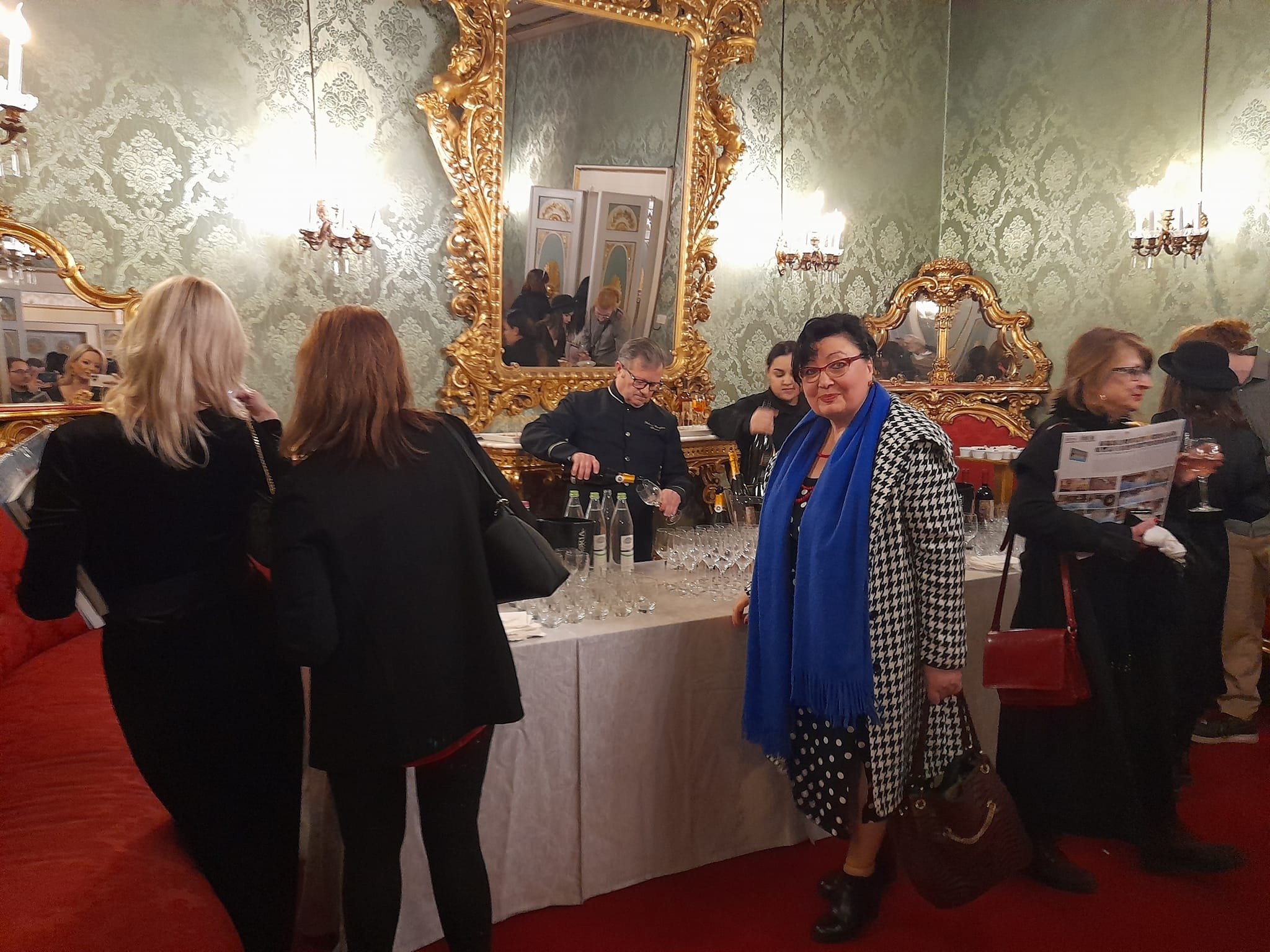
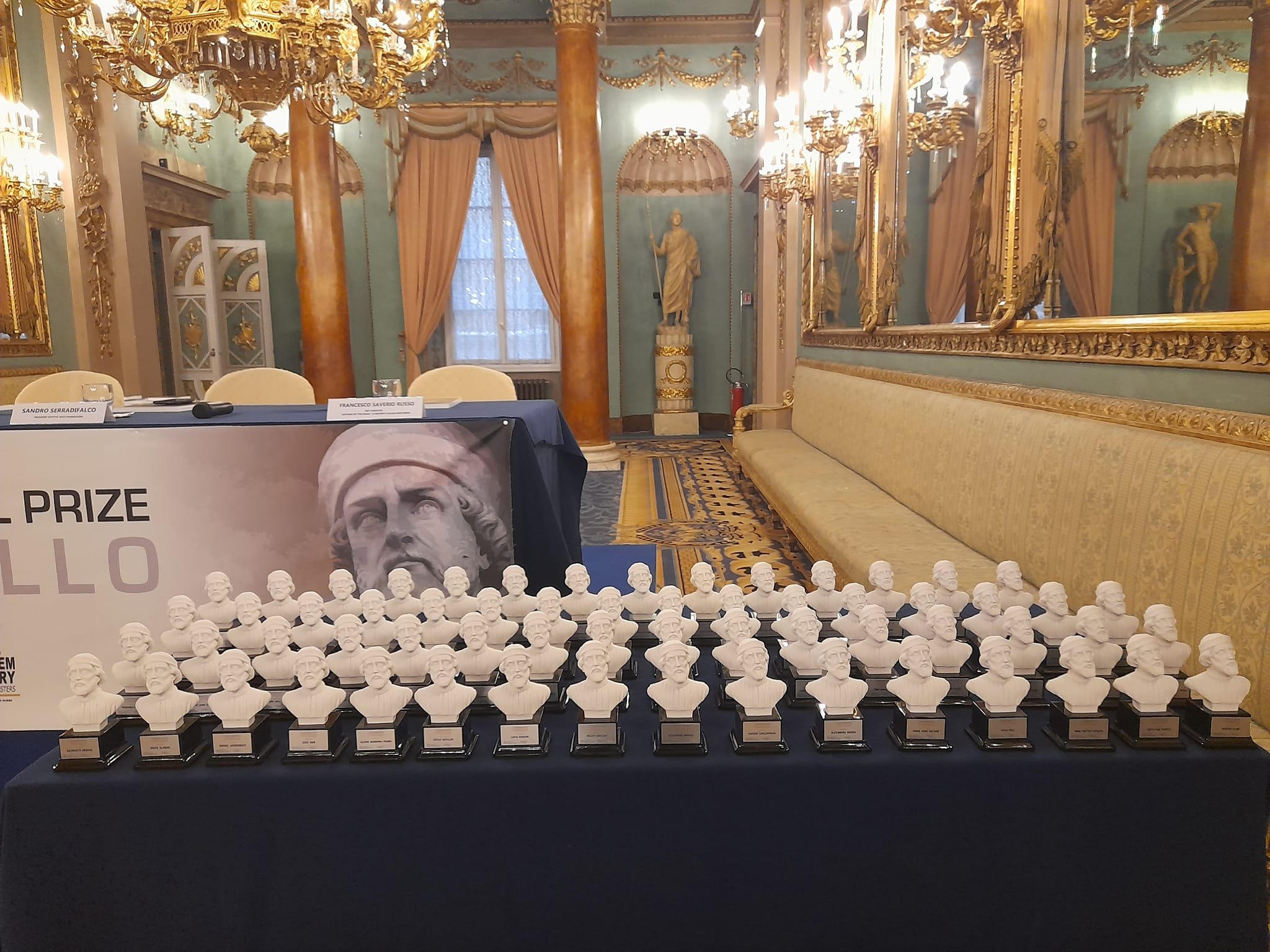
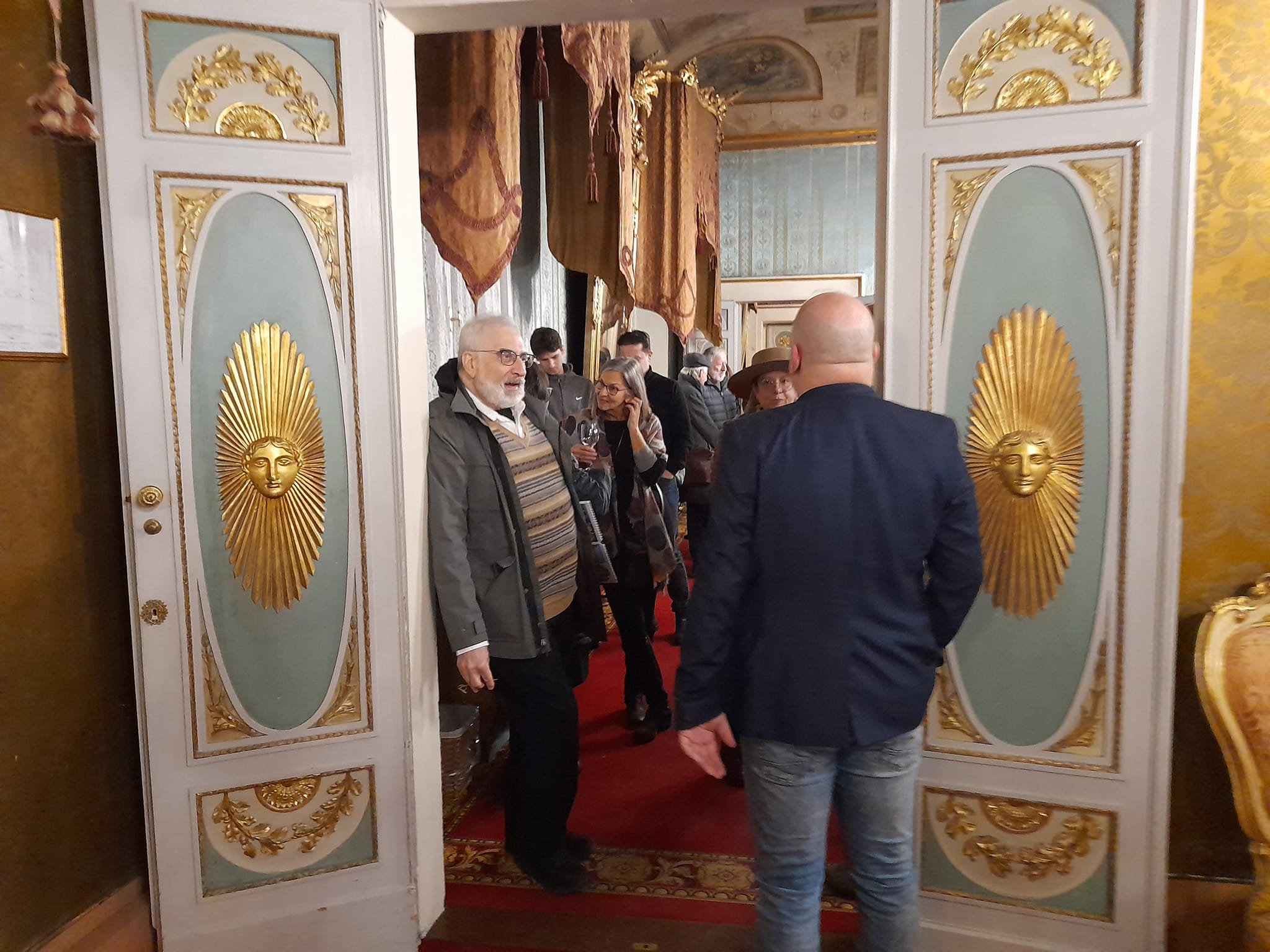
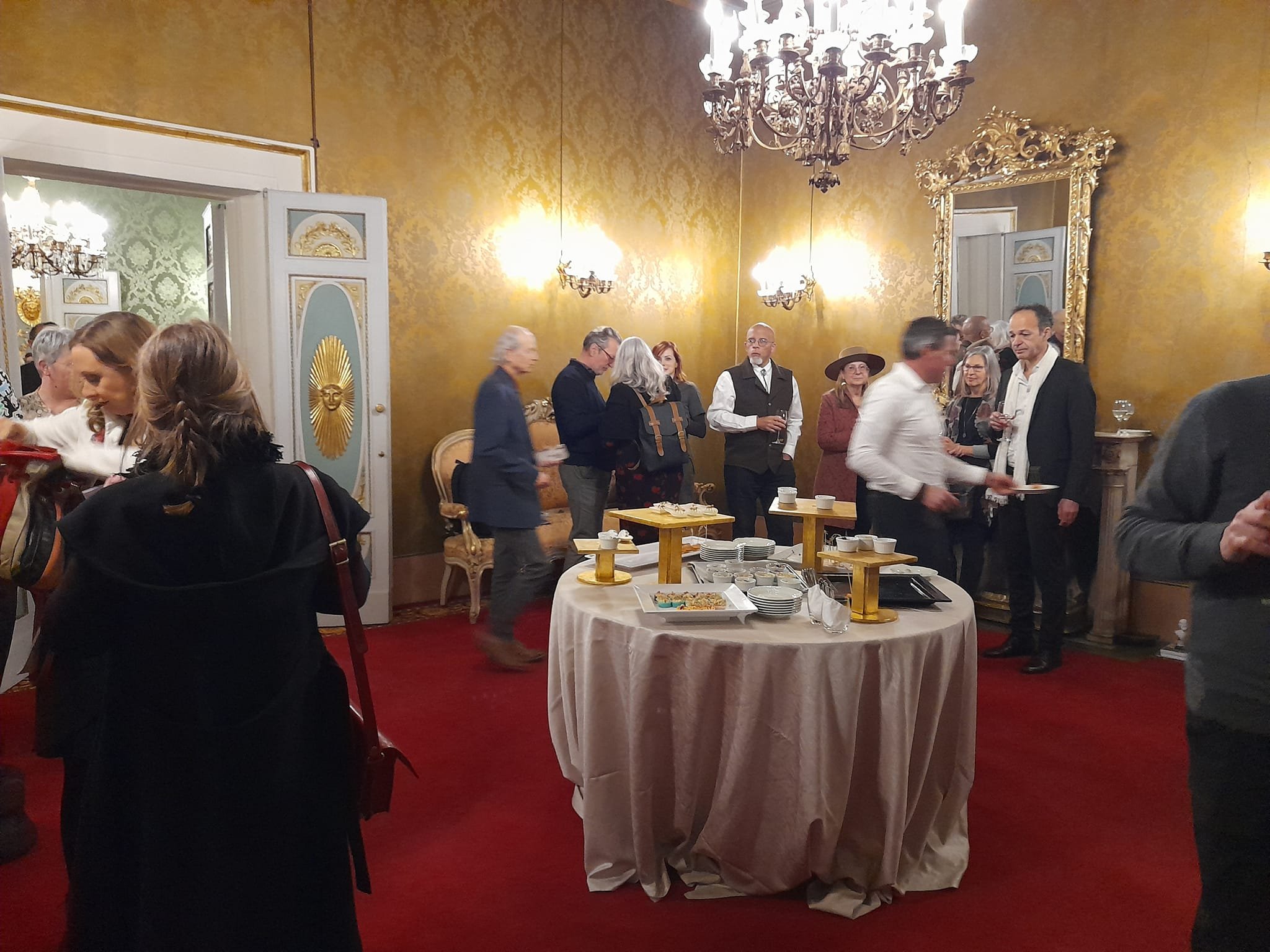
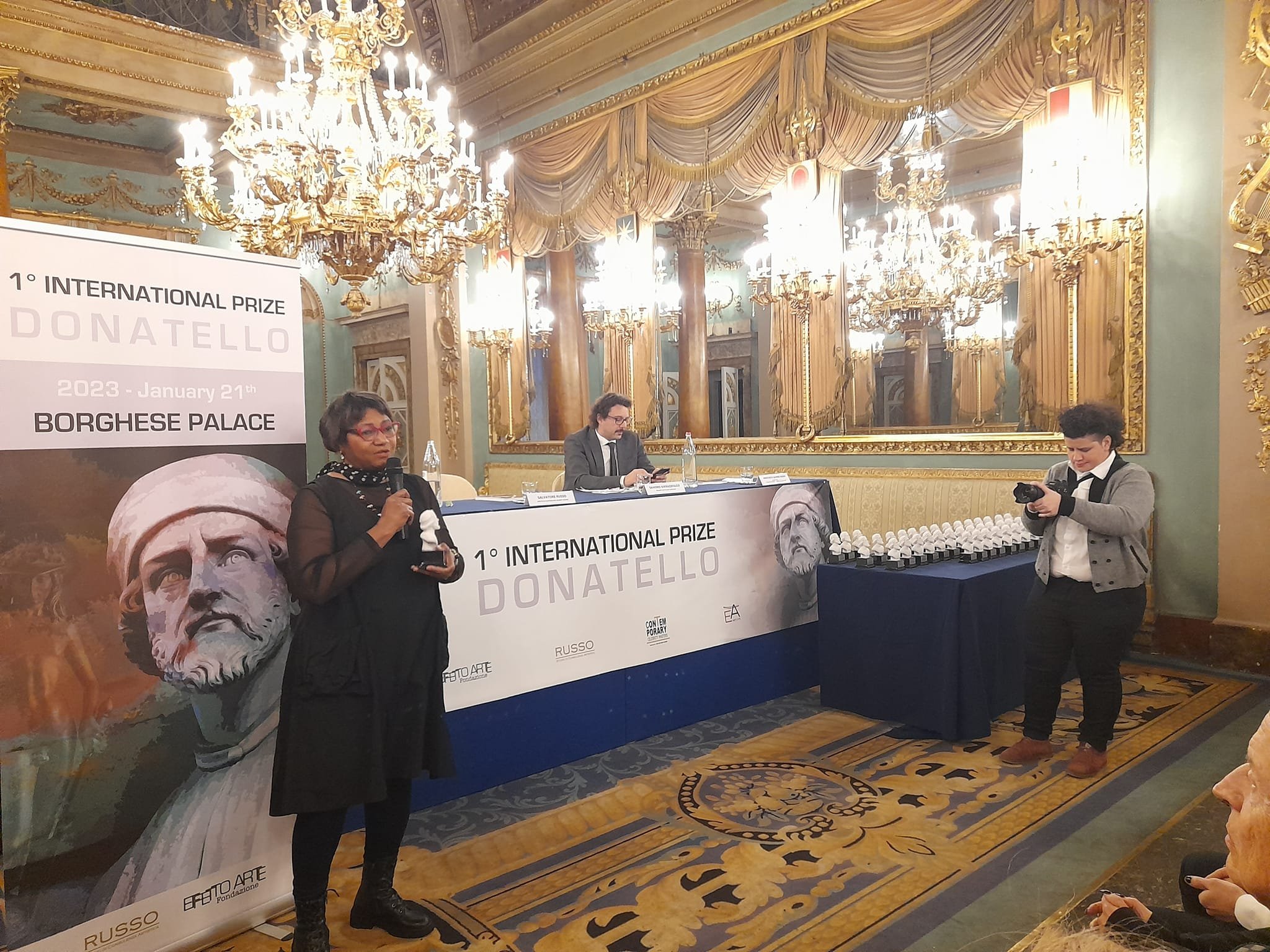
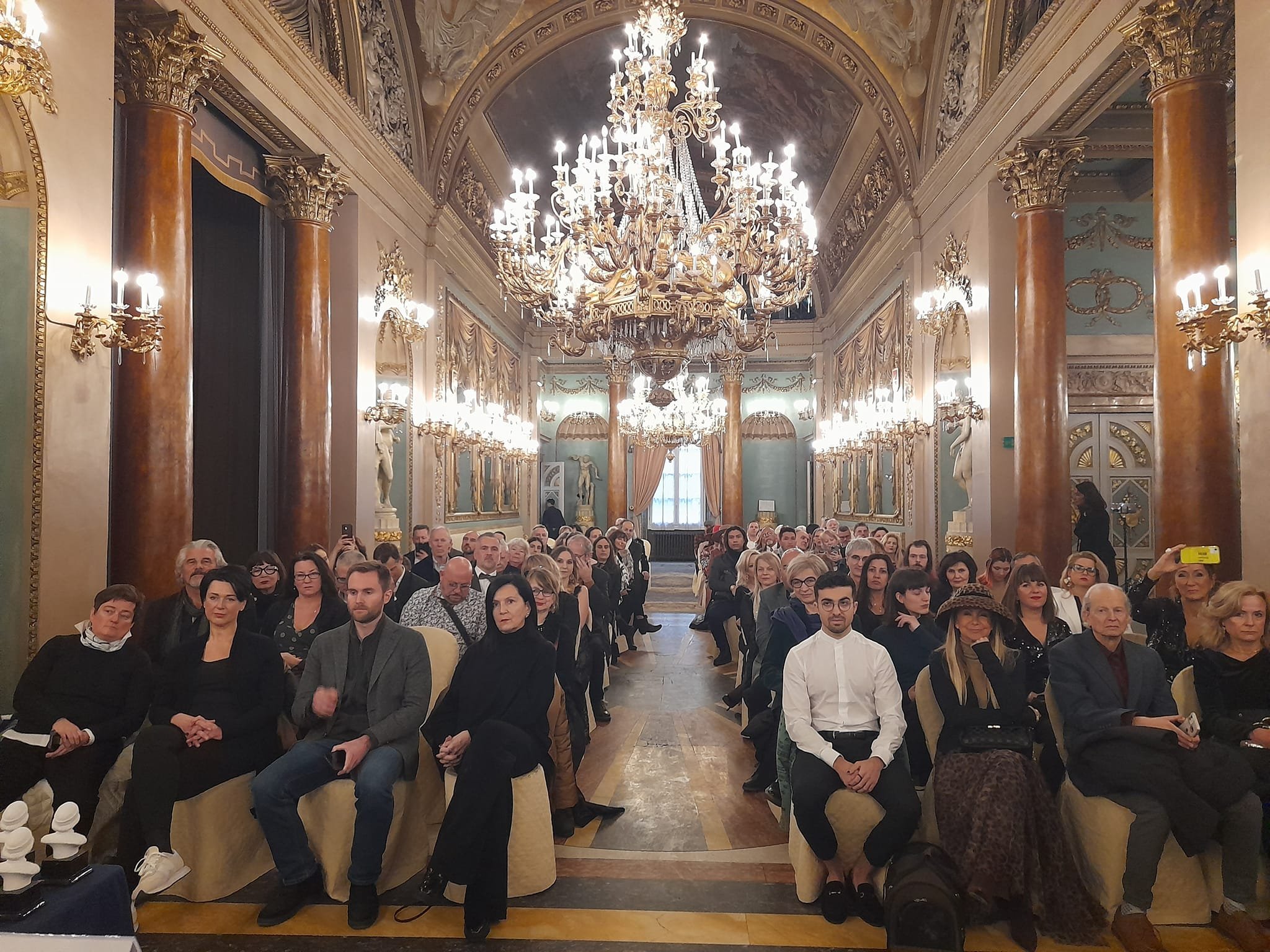
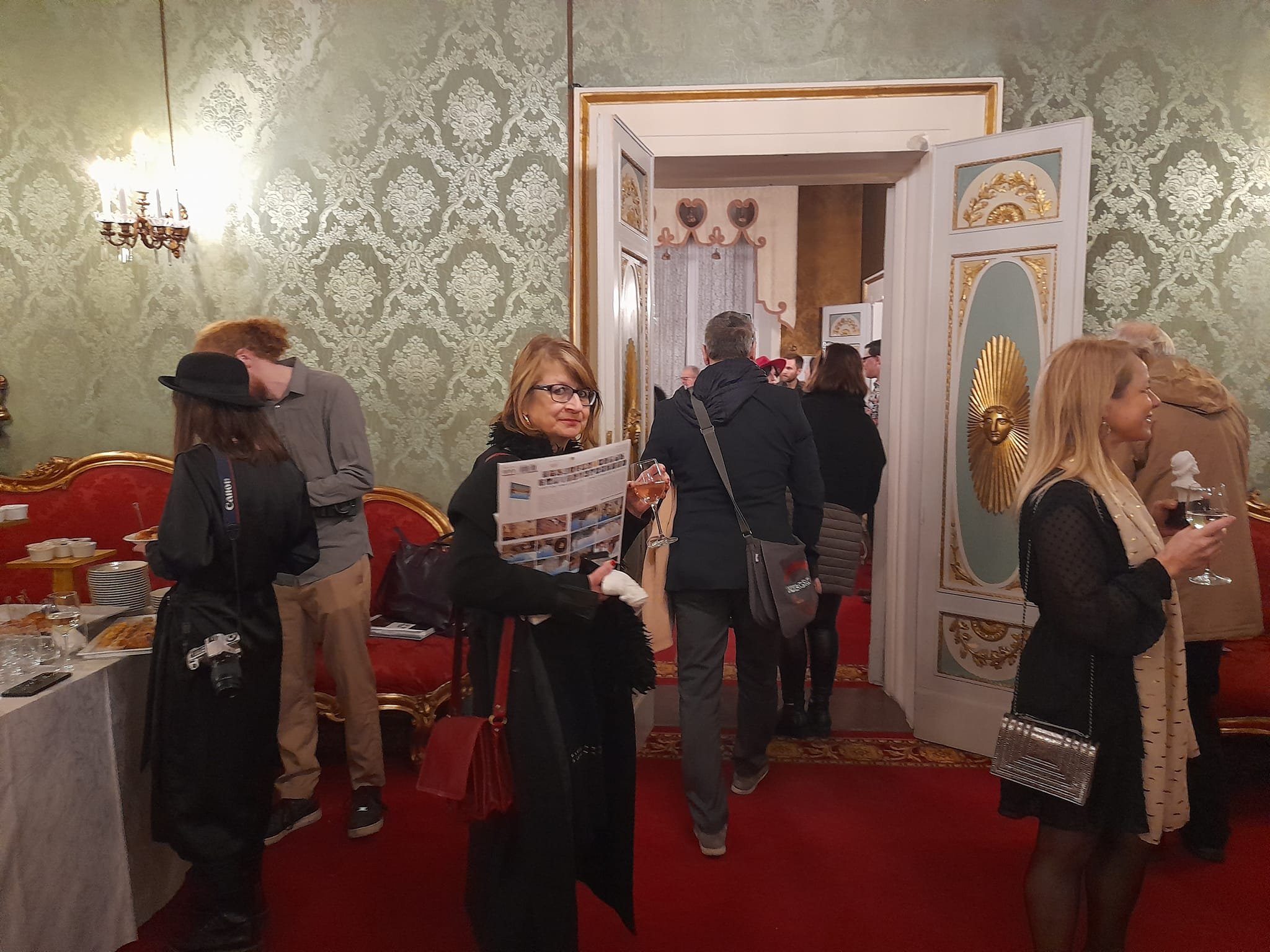
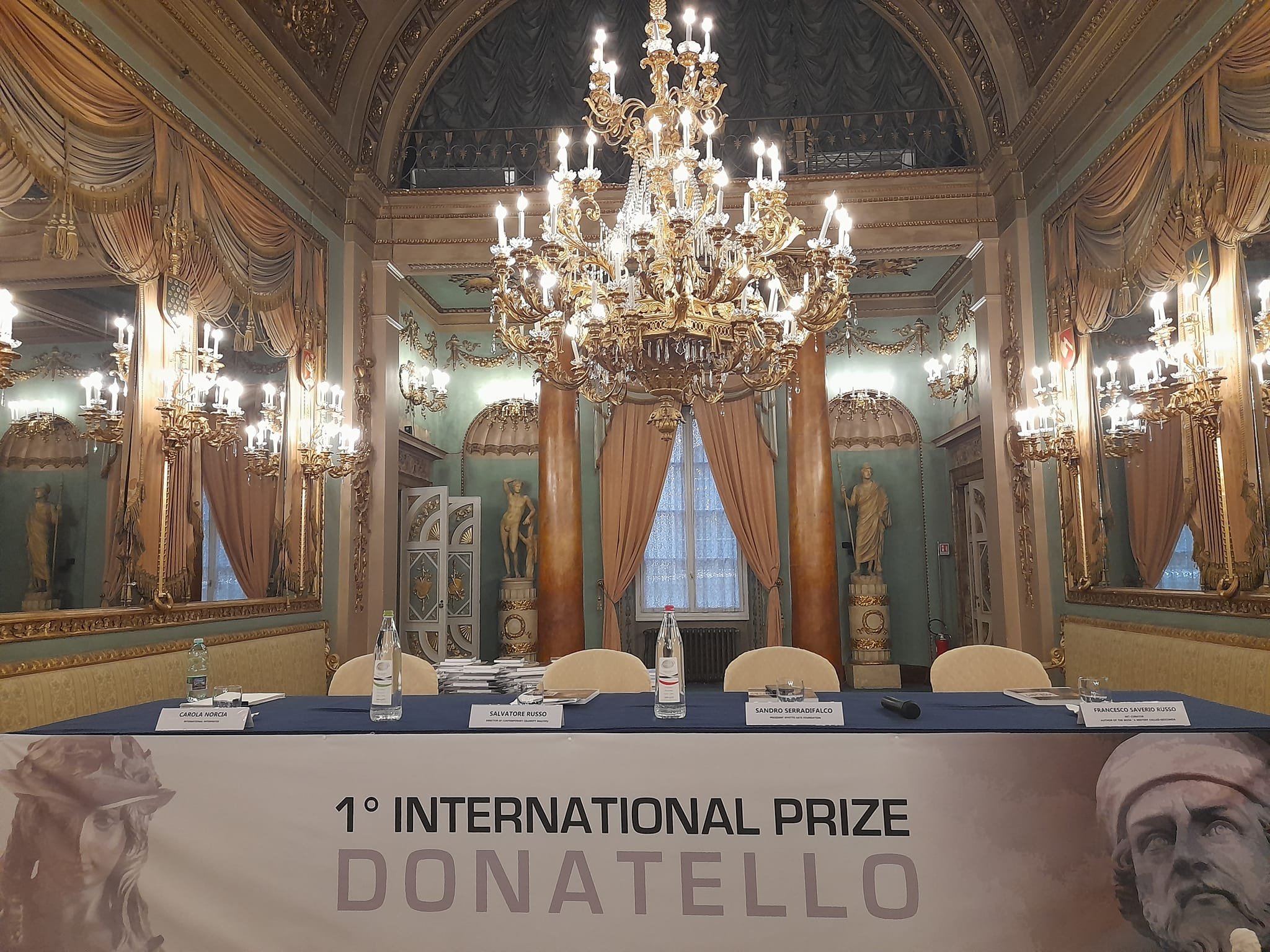
“Inside this volume , a large space is dedicated to the works that took part in the first international Donatello Prize. Artists from all over the world who through painting, sculpturing, drawing, photography, digital art, and goldsmith art were able to “tell” their art to the fullest”.”
The Prize is for the Artists that are worthy of their artistic merit. For the occasion were selected, by Salvatore and Francesco Saverio Russo, some of the best international and contemporary artists. The award is the right symbol for an important artistic career. The ceremony was held on January 21st, 2023 at the Borghese Palace - Florence, in the presence of collectors, journalists, politicians and art lovers. It is one of the most prestigious art awards awarded in the heart of Florence.
On the occasion of the International Prize Donatello, The new editorial project directed by Salvatore Russo was presented to the public. It is an art volume "CONTEMPORARY Celebrity Masters" which aims to select the most famous Masters of Contemporary Art, with the aim of advertising their Art. The volume will contain interviews, in-depth focuses on contemporary art, and much more; you’ll find a piece dedicated to the artistic talent of Donatello, moreover will follow the publication of the artworks by the artists who took part in the event.
Florence is one of the most beautiful cities of the world, able to give its visitors unforgettable emotions there fore chosen for presentation of prize Donatello.
The prestigious award will be given to those artists who stood out for their artistic and stylistic research.
Work in FLORENCE: In Florence, Donatello assisted Lorenzo Ghiberti with the statues of prophets for the north door of the Baptistery of Florence Cathedral, for which he received payment in November 1406 and early 1408. In 1409–1411 he executed the colossal seated figure of Saint John the Evangelist. In 1411–1413, Donatello worked on a statue of St. Mark for the guild church of Orsanmichele. In 1417 he completed the Saint George for the Confraternity of the Cuirass-makers. From 1423 is the Saint Louis of Toulouse for the Orsanmichele, now in the Museum of the Basilica di Santa Croce. Between 1415 and 1426, Donatello created five statues for the campanile of Santa Maria del Fiore in Florence, also known as the Duomo. These works are the Beardless Prophet; Bearded Prophet (both from 1415); the Sacrifice of Isaac (1421); Habbakuk (1423–25); and Jeremiah (1423–26); which follow the classical models for orators and are characterized by strong portrait details. From the 1420's is the Pazzi Madonna relief in Berlin. In 1425, he executed the notable Crucifix for Santa Croce; this work portrays Christ in a moment of agony, eyes, and mouth partially opened, the body contracted in an ungraceful posture. But without a shadow of a doubt his most famous work that we find in Florence is the David.
In the heart of the ancient Florence, near “Piazza del Duomo” and “Piazza delle Signorie”, Borghese Palace is one of the most significative example of Neo-classic architecture of the state capital, Florence.
Even if its facade is majestic, this palace could seem hidden by the strict road. But once you come in, the beauty and the elegance are dazzling: the large honour salon brings to the Mirrors’ Room , that was the bedroom of Paolina Bonaparte. The last restoration of 1994 brought the palace to its original beauty, and it has also been provided of all the necessary comfort to become a prestigious place for meetings and events. Borghese Palace has been built in just six months in 1821, including the Neoclassic buildings already existing, basing on the project of Gaetano Baccani made for the Prince Camillo Borghese. It is the location of the Borghese Club, and at the noble floor, of the “Stampa’’. The external part of the building is characterized by a painted tabernacle that show a holy virgin with child, by Giuseppe Bezzuoli, and, in front of it we can see the Saint Procopio Church, straight form the III century, that still isn't officiate,

